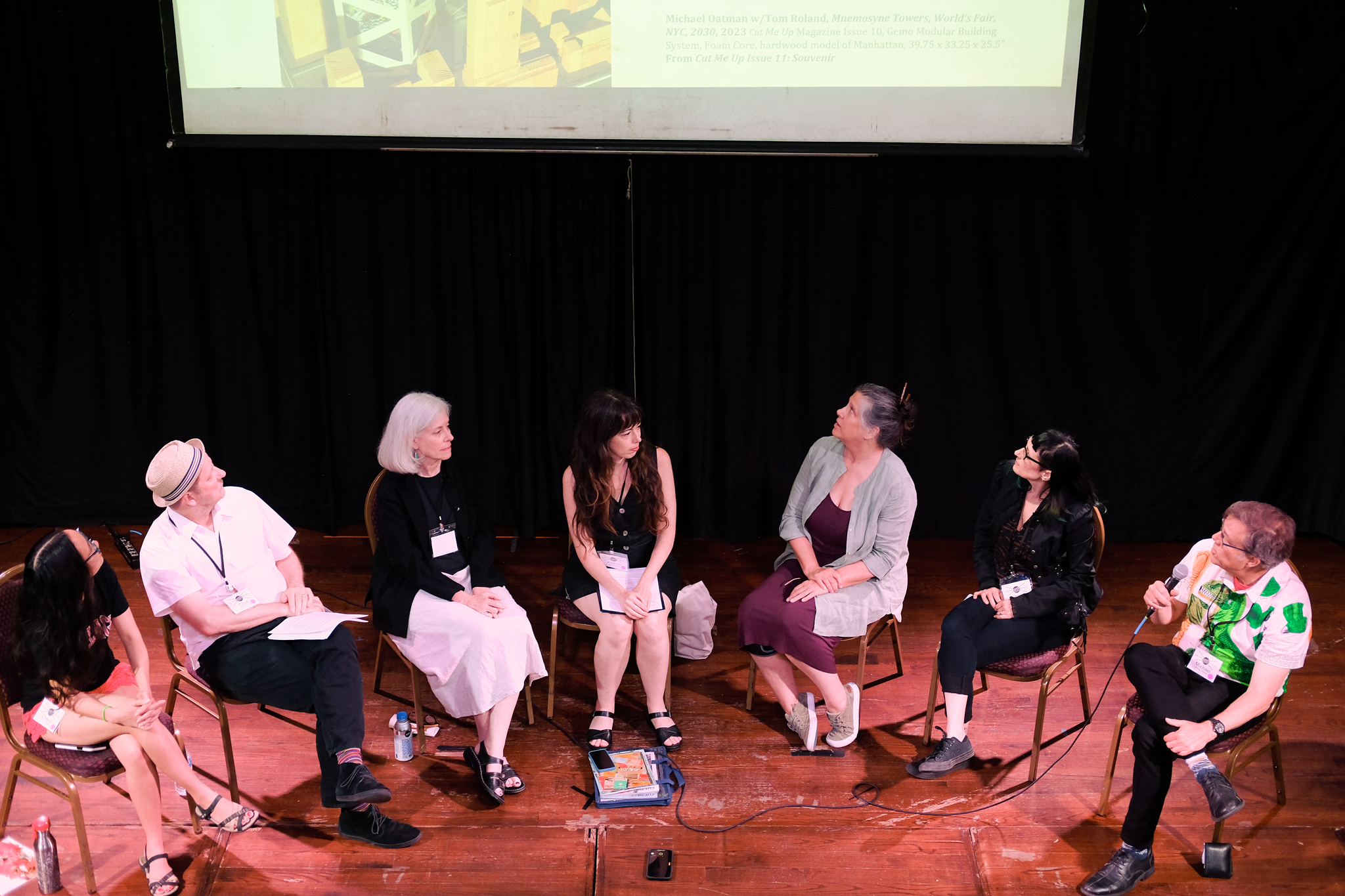Cut Me Up features work by artists who are challenged to reuse portions of imagery taken from previous issues of the magazine, combined with their own materials, to respond to a specific call/theme. Each issue is juried — I’m happy that my collages have been included in several issues.
The magazine’s website now has a great recap of the conversation with input and quotes from everyone on the panel.
“Cut Me Up: Issue 1 came into my possession during the first KolajFest. I rarely work collaboratively but this seemed like the kind of collaboration that I would be interested in and make time for.…
It’s a good read, accompanied by artworks and photos of the event. Check it out here.
Kudos to Andrea Burgay, the genius and energy behind the publication, for organizing the session. (We could easily have talked for much longer, had time allowed!)
Below is my collage, “Fore/Back: Ground,” which was selected for publication in Cut Me Up Issue 3: Tabula Rasa (July 1, 2019) — along with small images of the transition process across several issues demonstrating how elements are re-used by different artists. (Kind of like a visual version of that old game of “Telephone!”)














